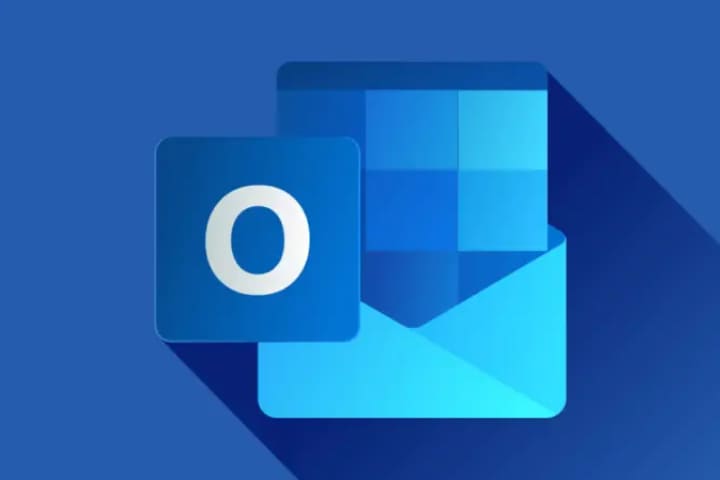Outlook 365, part of the Microsoft 365 suite, offers a range of features for email communication, scheduling, and Collaboration. Some of the key features are here:
Outlook 365 features
- Mailbox Management: Outlook provides a robust email management system, allowing users to organize emails into folders, flag important messages and set up rules.
- Focused Inbox: This feature separates your inbox into two tabs – Focused and Other – to help you focus on important emails.
Calendar
- Scheduling: You can schedule appointments, meetings, and events, and Outlook will send reminders. It also allows you to view others’ calendars to check availability.
- Meeting Requests: Easily create and respond to requests and schedule meetings with others.
Contacts
- Contact Management: Maintain a list of references, including detailed information and easy access to them when composing emails or scheduling events.
Tasks
- To-Do List: Outlook’s task management feature lets you create to-do lists, set deadlines, and prioritize tasks.
Notes
- Note-Taking: Outlook allows you to create and organize notes. These can be linked to emails, jobs, or calendar events.
Collaboration
- Teams Integration: Integration with Microsoft Teams for real-time collaboration and communication with colleagues.
- SharePoint Integration: Share and collaborate on documents using SharePoint directly from Outlook.
Security
- Encryption: Outlook provides options for encrypting emails to enhance security and privacy.
- Advanced Threat Protection: Helps protect against advanced threats through features like Safe Links and Safe Attachments.
Mobile Access
- Mobile Apps: Outlook has mobile apps for iOS and Android, allowing you to access your emails, calendars, and contacts.
Integration
- Microsoft 365 Integration: Seamless integration with other Microsoft 365 applications, such as Word, Excel, and PowerPoint.
- Third-Party Integrations: Support for integration with third-party apps and services.
Search and Filtering
- Search Capabilities: Powerful search functionality to quickly find emails, contacts, or other Information.
- Filtering Options: Various filtering options to sort and organize your inbox.
Customization
- Themes and Views: Customize the appearance of Outlook with different themes and views.
- Quick Steps: Create custom fast steps to automate repetitive tasks.
These features make Outlook 365 a comprehensive tool for Managing email communication, scheduling, and collaboration within a business or personal environment. Remember that the availability of certain parts may depend on your specific plan or subscription.
Here is a helpful post: How to Recall Email in Outlook
How to Outlook 365 login
To log in to Outlook 365, you’ll need to follow these General steps:
- Open Your Web Browser
Open your web browser you are using.
- Go to the Outlook 365 Login Page
Type the following URL into the address bar: https://outlook.office.com.
- Enter Your Email Address
On the Outlook sign-in page, enter your full email address. It is the email account associate with your Outlook 365 subscription.
- Click “Next”
After entering your email address, click the “Next” button.
- Enter Your Password
On the next page, enter the email account password.
- Click “Sign In”
Once you’ve entered your password, click the “Sign In” button.
If you’ve entered the correct credentials, you should be
Logged in to your Outlook 365 account, and you’ll have access to your emails,
Calendar, and other features.
Please note that the steps might vary slightly depending on updates or changes to the Outlook 365 interface. If you encounter any issues, make sure you are using the correct email address and password. You may need to go through the password recovery process if you have forgotten your password.
Also, remember that the specific steps might differ if you use a custom domain for your email, as the login page may be associated with your organization’s environment. You may need
Contact your IT administrator for assistance in such cases.








